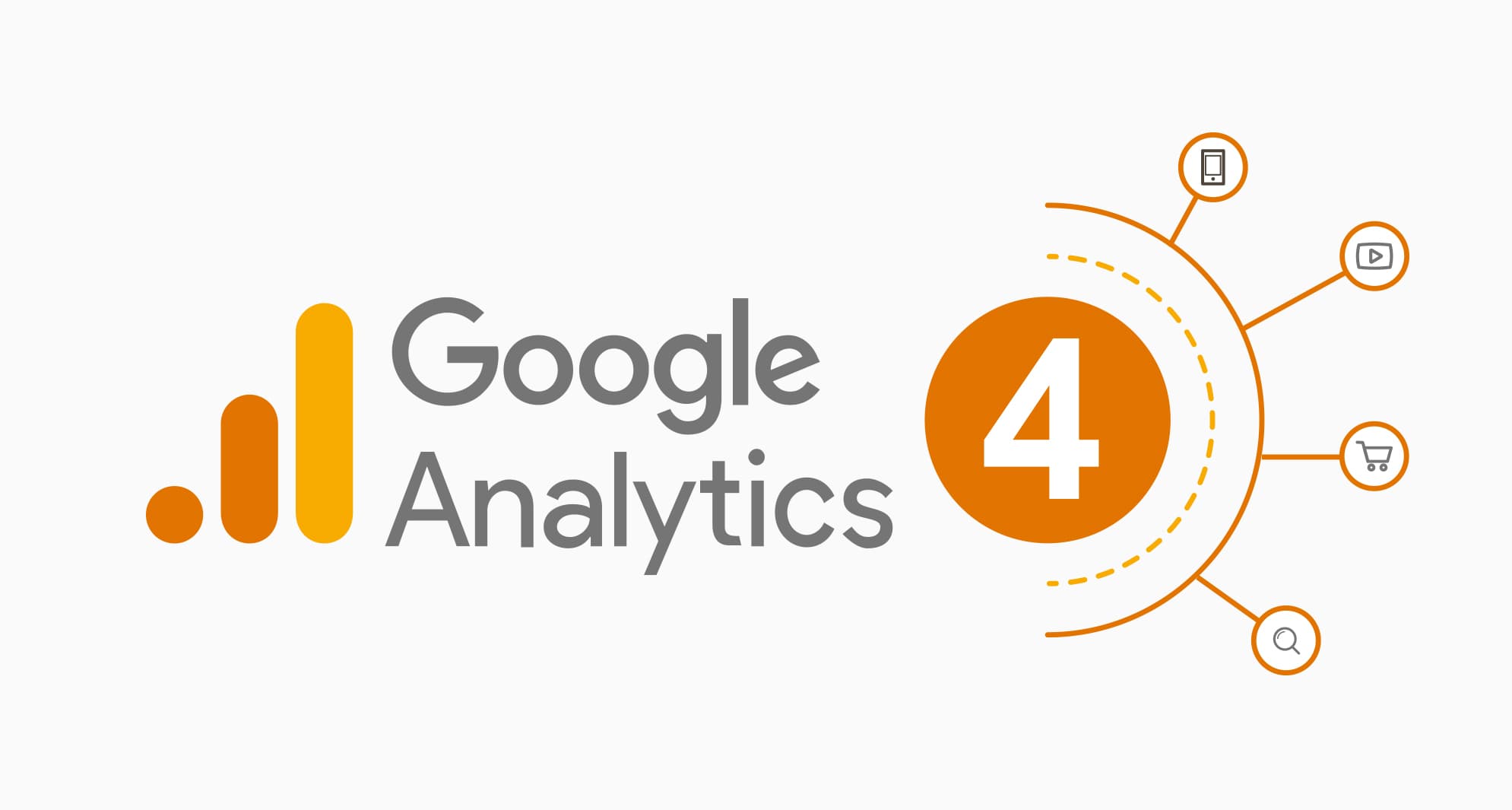Master Website Insights With Accurate Google Analytics Tracking Code
The reliable use of Google Analytics hinges on the exact execution of its tracking code, a basic step commonly forgotten by website proprietors. What are the usual risks that could weaken your tracking efforts, and how can you make certain precision in your approach?
Understanding Google Analytics Essentials
Google Analytics is a necessary device for website owners and marketers, providing important understandings into user actions and web site performance. At its core, Google Analytics gathers information about site visitors to a web site, enabling users to assess metrics such as website traffic sources, customer interaction, and conversion rates. Recognizing these principles is vital for enhancing an internet site's effectiveness and boosting customer experience.
The platform employs cookies to track communications, taping information such as web page views, session durations, and bounce rates. This details is accumulated and offered with adjustable dashboards, allowing individuals to envision trends with time. Key performance indicators (KPIs) can be checked, such as the total number of individuals, new versus returning site visitors, and the geographical distribution of the target market.
Moreover, Google Analytics provides segmentation functions, allowing users to separate certain website traffic resources or user demographics for more targeted evaluation. By grasping these fundamental aspects, website owners can make educated choices regarding content strategy, advertising campaigns, and general website renovations. Inevitably, comprehending Google Analytics fundamentals is important for leveraging data to drive growth and achieve service purposes properly.
Setting Up Your Monitoring Code

Copy the provided tracking code and paste it into the HTML of your web site. This guarantees that the tracking code tons before any kind of various other material, allowing it to record information accurately.
After installment, validate that the tracking code is working correctly by utilizing Google Tag Aide or the Real-Time records in Google Analytics - when does the google analytics tracking code send an event hit to analytics?. This action is vital to verify that your data collection is accurate and energetic, setting the foundation for informative evaluation
Usual Tracking Code Issues
Many web site owners encounter typical concerns with their Google Analytics tracking code that can hinder information collection and analysis. One prevalent concern is incorrect installment. This might take place when the tracking code is positioned in the incorrect section of the site's HTML, frequently leading to absent or incomplete data. In addition, having numerous circumstances of the tracking code on a solitary web page can cause inflated metrics, as individual communications may be counted a lot more than when.
One more issue arises from making use of ad blockers, which can avoid the monitoring click for source code from carrying out entirely, therefore skewing data. when does the google analytics tracking code send an event hit to analytics?. In addition, failing to set up filters correctly can result in the exclusion of vital traffic resources or the inclusion of undesirable recommendation spam, misshaping the data collected
Internet site owners might also ignore the relevance of monitoring code updates, specifically when migrating to Google Analytics 4 (GA4) from Universal Analytics. Last but not least, inadequate screening before launching modifications can cause undiscovered mistakes in the tracking code, additionally making complex information reliability. Attending to these common problems is critical for guaranteeing exact tracking and insightful analytics.
Analyzing Website Information Successfully
Precise data collection is just the primary step in leveraging Google Analytics; the actual value exists in properly evaluating that data to drive enlightened decision-making. To accomplish Read More Here this, it is vital to determine vital performance indicators (KPIs) that straighten with your service goals. Focus on metrics such as conversion prices, customer engagement, and website traffic resources, as these will certainly provide understandings into customer actions and the general performance of your web site.
Utilizing Google Analytics' segmentation attributes enables for a much deeper understanding of your audience. By damaging down data right into particular demographics, habits, and web traffic networks, you can uncover patterns and patterns that notify targeted techniques. Implementing custom-made records and control panels can improve this procedure, enabling fast accessibility to significant data.
In addition, on a regular basis assessing information fads in time assists to determine anomalies and chances for renovation. Utilize visualization devices to existing information in a conveniently digestible format, promoting extra effective communication with stakeholders. Ultimately, the capacity to assess site information efficiently equips services to make strategic decisions that improve user experience, enhance advertising initiatives, and drive development.

Ideal Practices for Accurate Tracking
Executing reliable monitoring methods is crucial for getting trustworthy information in Google Analytics. To guarantee exact tracking, start by properly installing the Google Analytics tracking code on every page of your website. This can be completed through a tag supervisor or by directly installing the code into the HTML.
Following, configure your Google Analytics account to exclude inner traffic. This can be done by establishing filters that identify and remove check outs from your organization's IP address, thus protecting against skewed data. Furthermore, utilize occasion monitoring to keep an eye on specific individual communications, such as downloads or video plays, which standard page sights may overlook.
On a regular basis investigate your monitoring setup to verify that all functions, such as objectives and ecommerce monitoring, are operating effectively. Establish a constant identifying convention for your projects and occasions to help with simpler reporting and evaluation.
Lastly, consider leveraging UTM parameters for campaigns to gain insights right into the efficiency of different advertising efforts. By complying with these finest methods, you can enhance the precision of your data collection and evaluation, inevitably bring about even more enlightened decision-making for your site.
Conclusion
Accurate execution of the Google Analytics tracking code is crucial for mastering website understandings. By making certain the monitoring code is correctly placed and routinely audited, internet site proprietors can capture vital customer communication data, hence promoting the identification of key performance signs. Efficient analysis of this information, incorporated with adherence to ideal methods, allows educated decision-making and the optimization of on the internet approaches. Ultimately, a robust monitoring framework improves the capacity to drive interaction and improve total website performance.

Inadequate testing before releasing changes can result company website in undetected errors in the monitoring code, additionally complicating data reliability.Implementing reliable tracking techniques is crucial for obtaining reliable information in Google Analytics. By making sure the tracking code is properly positioned and consistently investigated, site proprietors can record crucial user communication data, hence facilitating the recognition of key efficiency indicators.